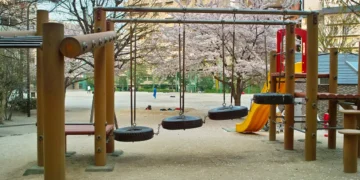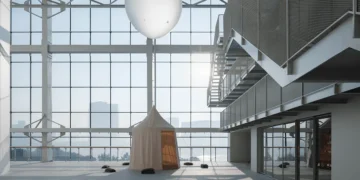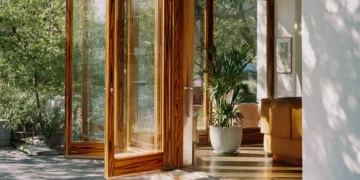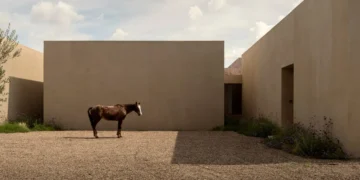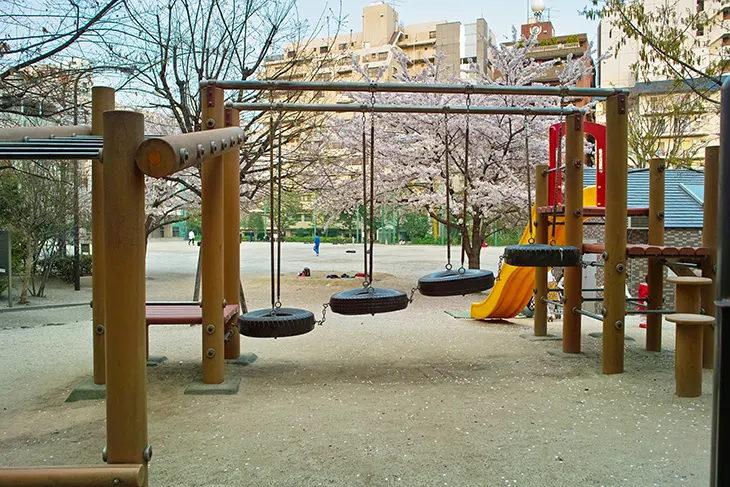
Cities can be some of the most diverse, inclusive, and exciting places to live and play. Sadly, their parks have fallen into disrepair in recent decades, leaving parents and children to venture out into suburban areas for activity.
ARCHITECTURE
Fortunately, many cities are revitalizing parks with interesting play spaces. These innovative approaches to urban life give kids a place to play while parents enjoy a respite from everyday stresses. Here are some of the ways cities are transforming their parks with modern playgrounds.
Nature-Integrated Playgrounds
One of the hardest parts of living in a city is the lack of nature. Some streets might have spindly trees reaching for the sky between tall buildings, but overall, concrete prevails. Kids who grow up without time in nature miss out on the many benefits thereof. Thus, the pressures of schoolwork and the downsides of too much screen time hit these children harder than kids who get green time.
To help solve this problem, many parks and recreation departments are installing nature-integrated playgrounds. To do this, the city will foster natural growth with trees, grass, flowers, and even creeks and streams. Then, they build play structures right into nature. A tree stump becomes a tree house or a balance beam, swing sets swing out over a sandy beach, and a creek serves as a splash zone. Kids get the benefits of nature and play in one setting.
Inclusive Sensory Zones
Another interesting way cities are catering to children is by making playgrounds in parks educational. In the past, many playgrounds served a single purpose: for kids to get a play break from everyday life. There was a swing, a slide, and maybe a climbing structure or two. There were no immersive or themed experiences, and children often grew bored quickly at the park and wandered back home.
Now, you can find playgrounds built into parks with sensory zones for children of varying interests and abilities. These can include textured paths, so kids can go on treasure hunts to find different shapes or figures formed into the concrete. Other playgrounds might have sensory gardens or butterfly gardens, so children can learn about local flora and fauna. Still others will contain quiet zones, where kids can get some rest when they’re feeling overwhelmed.
Adventure Playgrounds with Risk Elements
For several decades, parents and planners alike worried that the world was far too dangerous a place for children. They took great efforts to reduce all risk to kids, and the result was a generation of adults afraid of taking any risk at all. Kids who once played for hours outside suddenly sat indoors watching television or sitting on mobile devices. Quickly, behavioral disorders like depression, anxiety, and ADHD rose.
Fortunately, this shift has created a sort of wake-up call to the reality that kids need risk in their lives. Parents began finding ways to introduce more freedoms into their children’s everyday experiences. And city planners started designing playgrounds with adventure and risk built in. Now, you can find play spaces with loose parts, tools, and natural materials for kids to build and experiment. These spaces encourage creativity, resilience, and problem-solving.
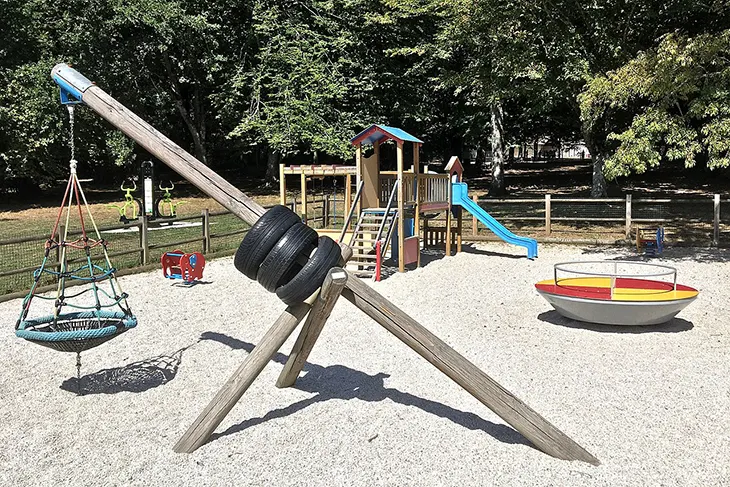
Vertical Urban Play Spaces
One of the biggest problems with trying to create fun and interesting playgrounds in cities is the overcrowding of the streets and city parks. It’s hard to build an adventurous, sensory structure or space when housing developments are going up and markets and shops must rise up to meet the increased population. More people move into cities for direct access to work, and the children of those people are left without good playgrounds.
It doesn’t have to be that way, though, and many cities are proving it with vertical play spaces. In these parks, city planners are installing multi-level playgrounds that rise vertically. That way, you can still have a small space filled with trees, grass, and other plants. Within this setting, you can install structures with slides, rope bridges, and climbing towers stacked skyward. These playgrounds are meeting the need for play spaces for kids while maximizing small footprints.
Intergenerational Fitness and Play Zones
Of course, kids aren’t the only ones who need a break from the busyness of life. Parents today are more stressed out than ever, often working more than one job just to make ends meet. Single parents find it even harder to get the rest they need or to find time to exercise for their health. And while they may prioritize their children’s health by bringing them to the park to play, it would be nice if those spaces offered parents an opportunity to move as well.
The good news is that some do. Many cities are including fitness zones for parents to work out while their kids play. These can include gym equipment set near the playground. There, parents or grandparents can get some necessary resistance training in. At the very least, many parks will now have a walking path that encircles the playground. So parents who want more movement can get their steps in while their kids swing, slide, and climb.
In the end, urban cities don’t have to be barren wastelands absent of nature or play. They can incorporate trees, flowers, and other natural elements while also designing parks that act as sanctuaries for both kids and adults. Many cities have recognized this reality and are installing adventure playgrounds, sensory zones, and even opportunities for adult rest or fitness. Children are the future, and the more cities can encourage creativity, physical activity, and play, the more well-adjusted adults those children are likely to become.
Related: Huaiyang’s Cultural Park Turns Flood Prevention into Design Innovation
